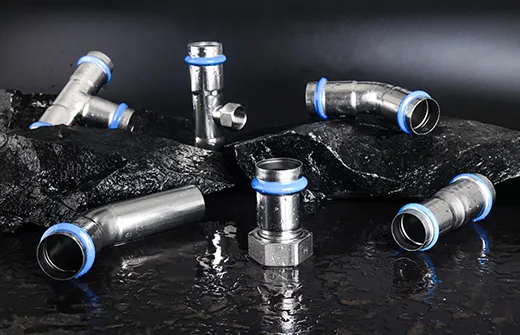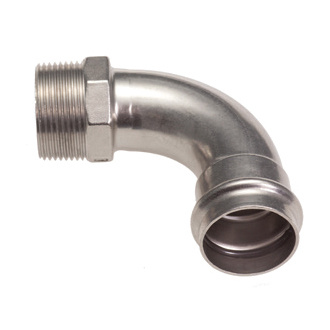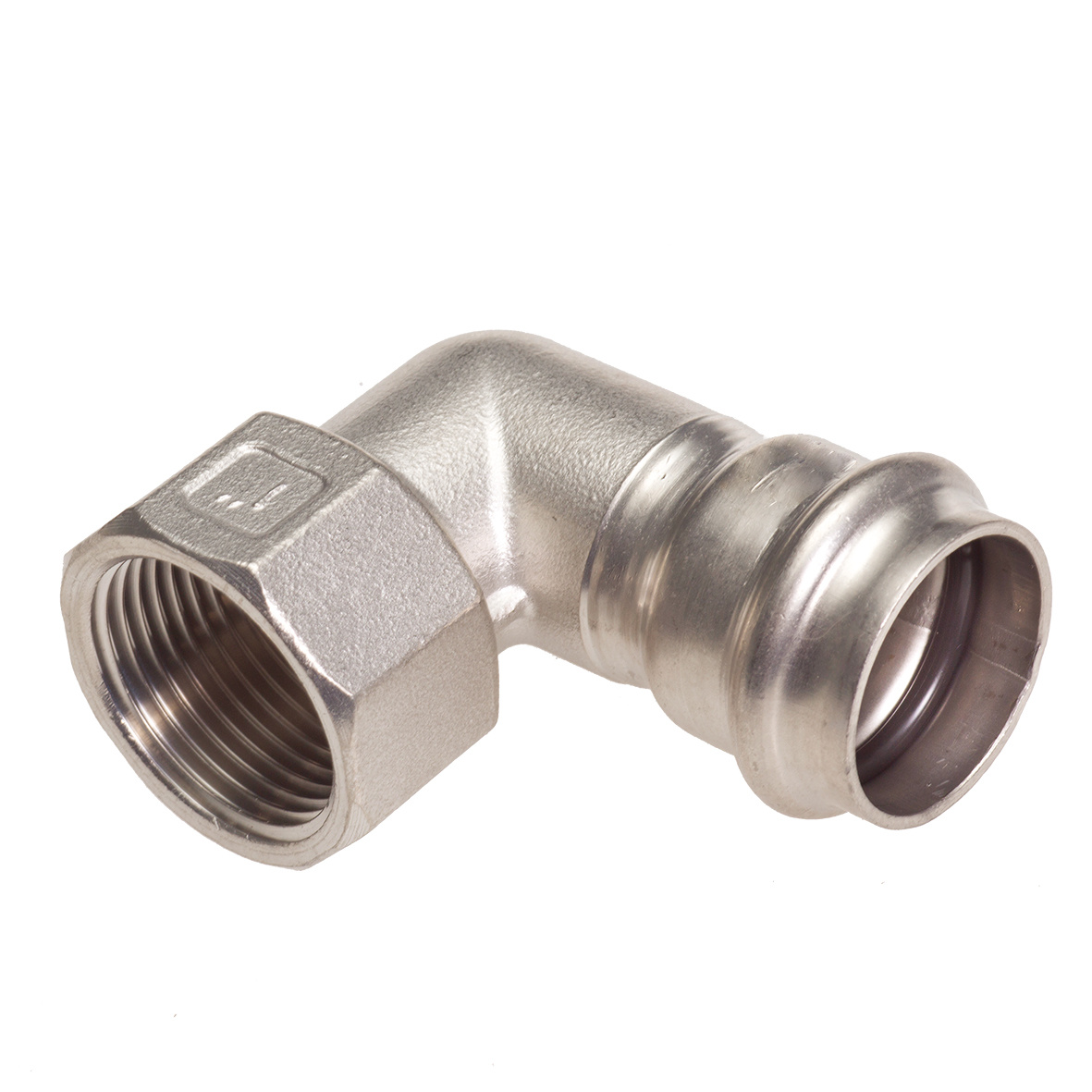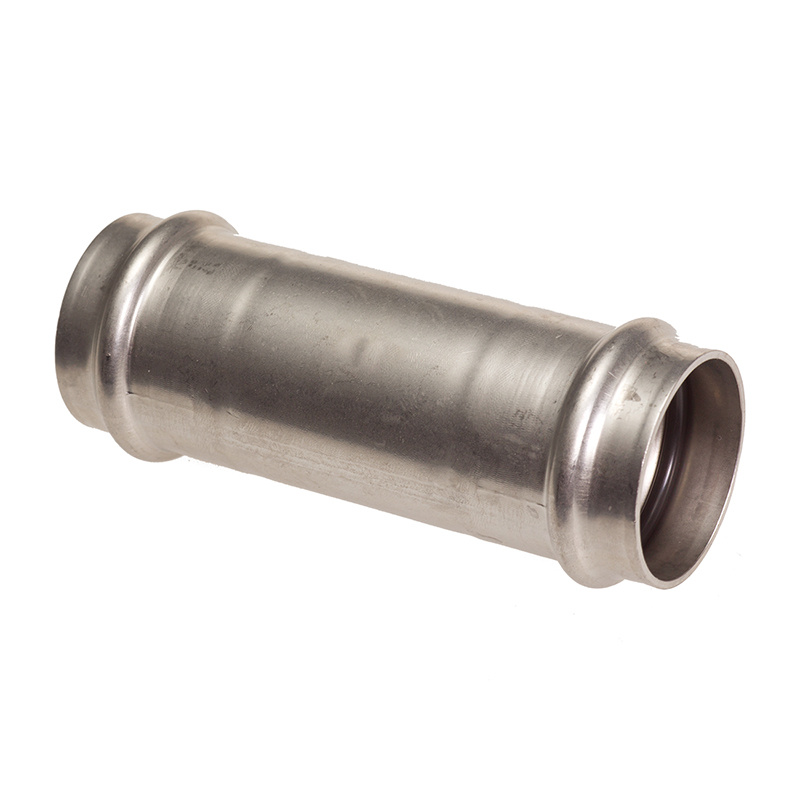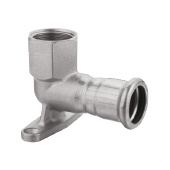Crafting Seamless Connections: The Role of 90º Bends With Male Thread in Stainless Steel Construction
Jul 16,2025
Crafting Seamless Connections: The Role of 90º Bends With Male Thread in Stainless Steel Construction
Table of Contents
- Introduction to 90º Bends with Male Threads
- Understanding Stainless Steel Pipes
- The Importance of Bends in Piping Systems
- What Are 90º Bends With Male Thread?
- Advantages of Using 90º Bends with Male Thread
- Installation Techniques for 90º Bends
- Common Applications of 90º Bends in Construction
- Maintenance and Inspection of Stainless Steel Piping Systems
- FAQs about 90º Bends with Male Thread
- Conclusion
Introduction to 90º Bends with Male Threads
In the construction and decoration industry, the ability to create seamless connections within plumbing and piping systems is vital. **90º bends with male threads** are essential components that facilitate smooth transitions in piping layouts. These fittings are critical for ensuring the effective flow of liquids and gases in various applications. Understanding the importance and functionality of these bends is crucial for professionals in the construction sector, as it can significantly affect the efficiency and longevity of a piping system.
Understanding Stainless Steel Pipes
Stainless steel pipes are widely recognized for their durability, corrosion resistance, and aesthetic appeal. They are manufactured using various grades of stainless steel, with **304 and 316** being the most common. The selection of stainless steel pipes is primarily influenced by the specific requirements of the project, including the environment in which they will be installed.
The Benefits of Stainless Steel Pipes
Stainless steel pipes offer numerous advantages, making them the preferred choice for many construction projects:
- **Corrosion Resistance**: Stainless steel is inherently resistant to rust and corrosion, ensuring a longer lifespan.
- **High Strength**: These pipes can withstand high pressures, making them suitable for various applications.
- **Aesthetic Appeal**: Stainless steel has a sleek, modern look that enhances the overall appearance of structures.
- **Low Maintenance**: They require minimal upkeep compared to other materials, saving time and resources.
The Importance of Bends in Piping Systems
In any piping system, **bends** play a crucial role in guiding the flow of fluids. They allow for changes in direction without compromising the integrity of the pipeline. This is particularly important in complex systems where space constraints or specific routing requirements exist.
Types of Bends in Piping Systems
Piping systems generally utilize various types of bends, including:
- **Standard Bends**: Typically available in fixed angles, such as 30º, 45º, and 90º.
- **Elbows**: Fittings that enable changes in direction, commonly used in plumbing.
- **Custom Bends**: Tailored bends designed to meet specific project requirements.
Among these, **90º bends with male threads** stand out due to their versatility and ease of use in applications requiring a sharp turn in the piping layout.
What Are 90º Bends With Male Thread?
**90º bends with male threads** are specialized fittings that feature a 90-degree angle and male threading on one end. This design allows for easy connection to female-threaded pipes or fittings. The male thread provides a secure and leak-proof connection, which is vital for maintaining the integrity of the piping system.
Specifications and Materials
These bends are typically manufactured from high-quality stainless steel to ensure durability and resistance to corrosion. They come in various sizes, ensuring compatibility with different pipe diameters. It's essential to choose the correct specifications based on the requirements of your project.
Advantages of Using 90º Bends with Male Thread
Utilizing **90º bends with male threads** in your construction projects offers several significant advantages:
- **Ease of Installation**: The threaded design simplifies the connection process, reducing installation time and effort.
- **Enhanced Flexibility**: These bends allow for versatility in piping layouts, accommodating various design requirements.
- **Reliable Sealing**: The male thread provides a tight seal that minimizes the risk of leaks, ensuring system integrity.
- **Reduced Flow Restriction**: The smooth transition enabled by 90º bends helps maintain optimal flow rates within the system.
Installation Techniques for 90º Bends
Proper installation of 90º bends with male threads is crucial for achieving optimal performance. Here are the essential steps to ensure a successful installation:
Preparation
Before installation, inspect the components for any defects. Ensure that the male threads are clean and free from debris. It's also important to gather the necessary tools, including:
- Pipe wrenches
- Thread sealant or Teflon tape
- Pipe cutters
Steps for Installation
1. **Cut the Pipe**: If necessary, cut the stainless steel pipe to the required length using a pipe cutter.
2. **Apply Thread Sealant**: Apply a suitable thread sealant or Teflon tape to the male threads to ensure a leak-proof seal.
3. **Connect the Bend**: Hand-tighten the 90º bend onto the female-threaded fitting, ensuring proper alignment.
4. **Secure the Connection**: Use a pipe wrench to tighten the connection further, being careful not to over-tighten, which could damage the threads.
5. **Test for Leaks**: After installation, pressure-test the system to check for any leaks at the connection points.
Common Applications of 90º Bends in Construction
**90º bends with male threads** find applications across various sectors, including residential, commercial, and industrial construction. Here are some common uses:
Plumbing Systems
In plumbing systems, these bends are often used to navigate around obstacles or change the direction of water flow in pipelines, ensuring efficient drainage and supply.
Heating and Cooling Systems
90º bends are crucial in HVAC systems, allowing for smooth transitions in ductwork and piping.
Industrial Applications
In industrial settings, these bends are utilized in process piping, where precise routing is essential for the transport of chemicals and other fluids.
Fire Protection Systems
Stainless steel piping with 90º bends is also employed in fire protection systems, ensuring reliable water flow to sprinkler systems.
Maintenance and Inspection of Stainless Steel Piping Systems
Regular maintenance and inspection of stainless steel piping systems are essential to ensure longevity and optimal performance. Here are key practices to follow:
Routine Inspections
Schedule regular inspections to check for signs of wear, corrosion, or leaks. Particular attention should be paid to connection points, including those with 90º bends.
Cleaning
Maintain cleanliness in the piping system to prevent blockages and ensure smooth flow. Use appropriate cleaning solutions that will not corrode stainless steel.
Repairs
Promptly address any identified issues to prevent escalation. This includes replacing worn-out bends or tightening loose connections.
FAQs about 90º Bends with Male Thread
1. What materials are 90º bends with male threads made from?
90º bends are typically made from high-quality stainless steel to ensure durability and corrosion resistance.
2. How do I know which size 90º bend to use?
Choose a bend size that matches the diameter of your existing pipes to ensure compatibility and a secure fit.
3. Can I use 90º bends with other materials?
While stainless steel is the most common material, these bends can also be found in other materials like PVC or copper, depending on the application.
4. Are 90º bends suitable for high-pressure systems?
Yes, stainless steel 90º bends are designed to withstand high pressures, making them suitable for various applications.
5. How often should I inspect my piping systems?
It is advisable to conduct inspections at least once a year or more frequently in high-use or critical systems.
Conclusion
**90º bends with male threads** play a fundamental role in creating efficient and reliable stainless steel piping systems. Their design not only facilitates seamless connections but also ensures that the systems are robust, durable, and aesthetically pleasing. By understanding their advantages, installation techniques, and applications, professionals in the construction and decoration sectors can make informed decisions that enhance the performance and longevity of their projects. Regular maintenance and inspection practices further ensure that these critical components continue to function optimally, safeguarding the integrity of the entire piping system.
Latest News

